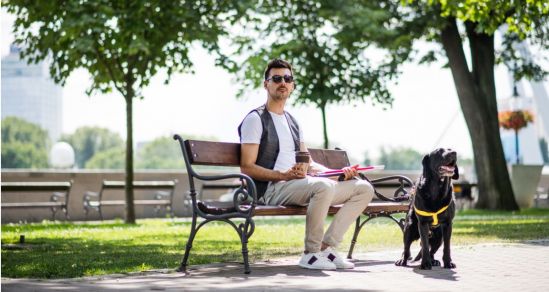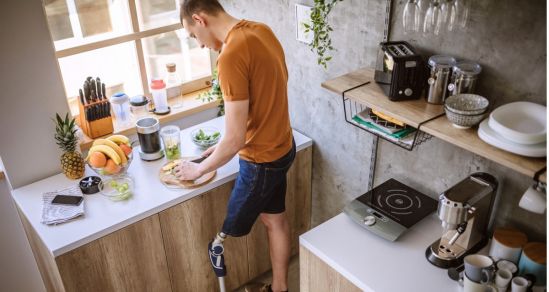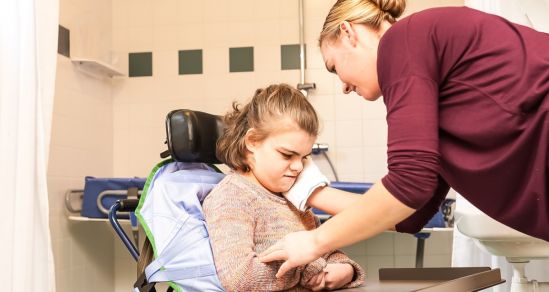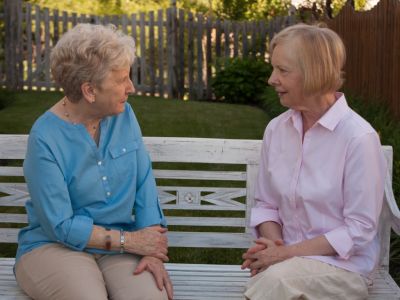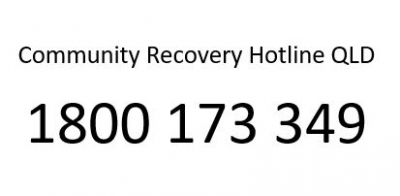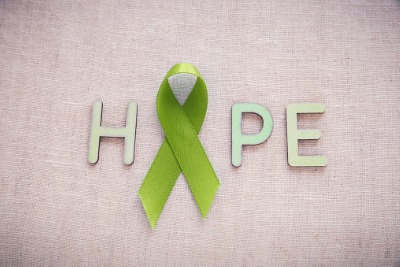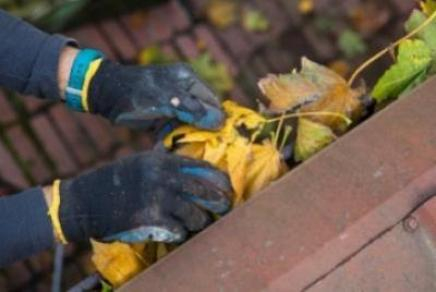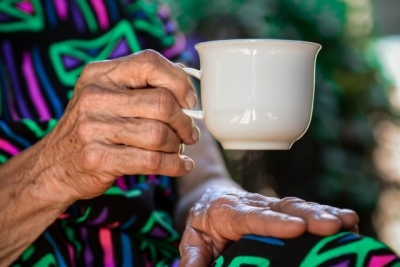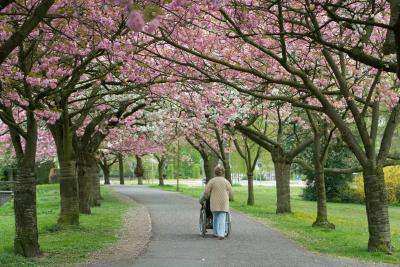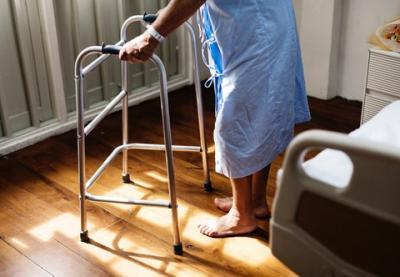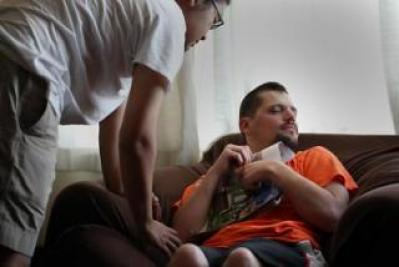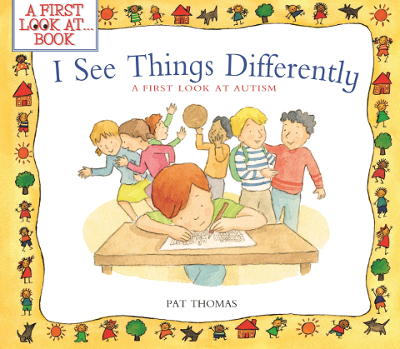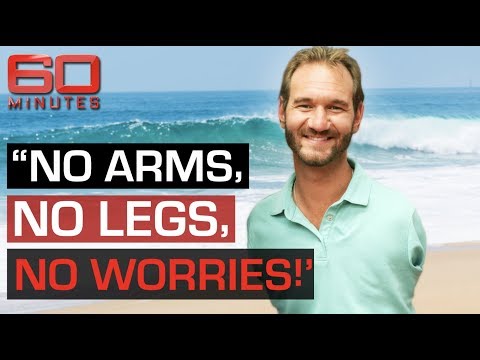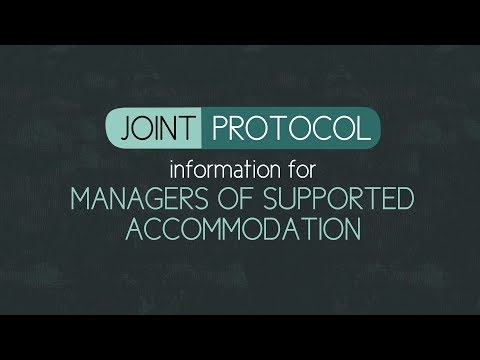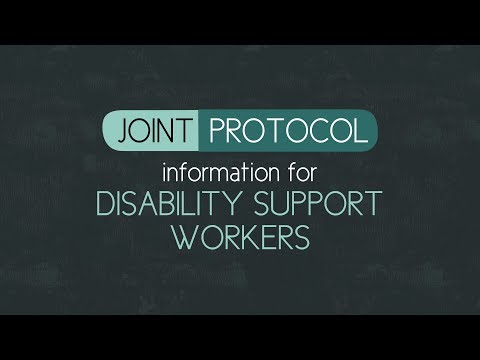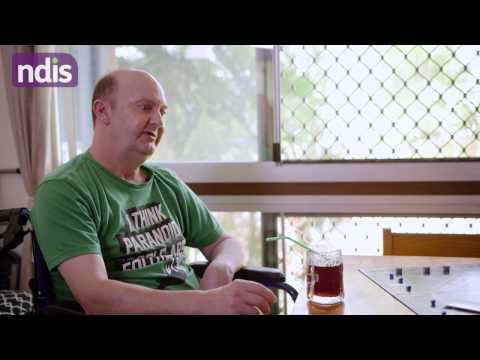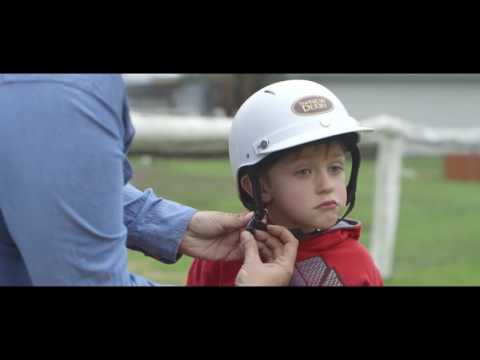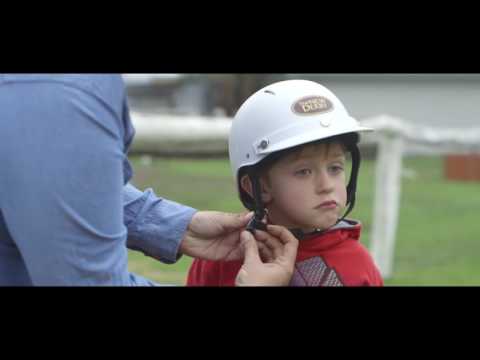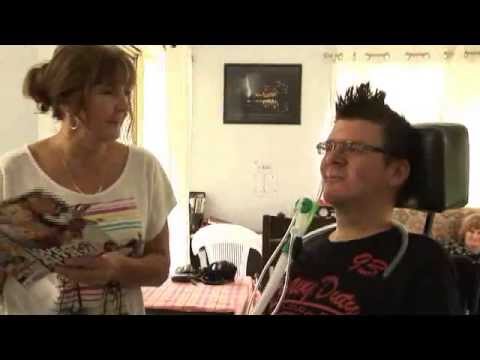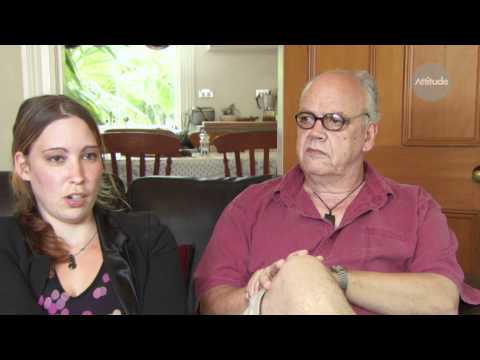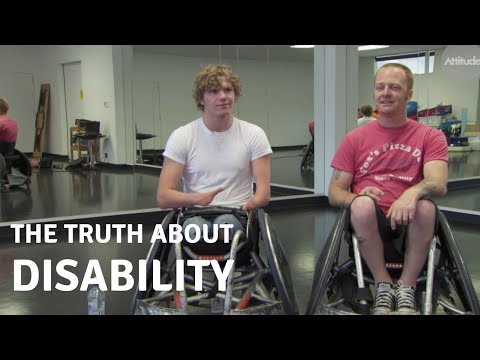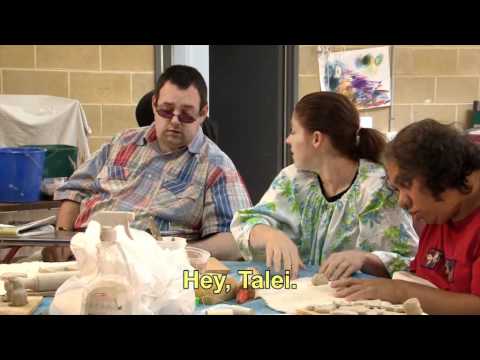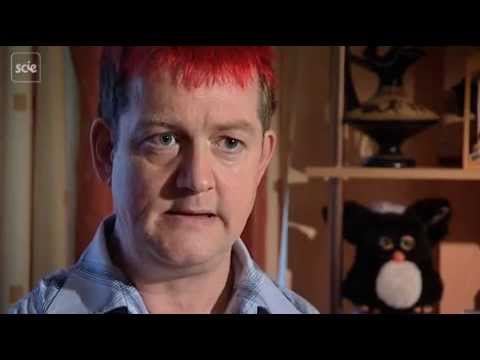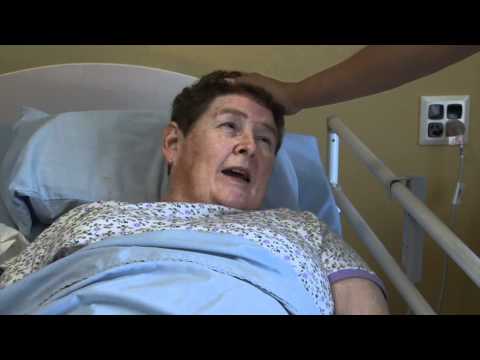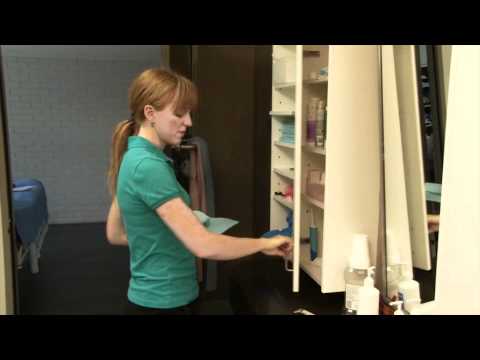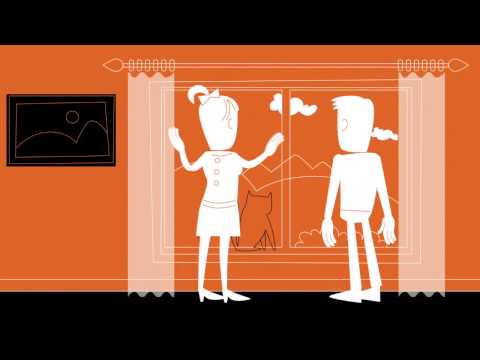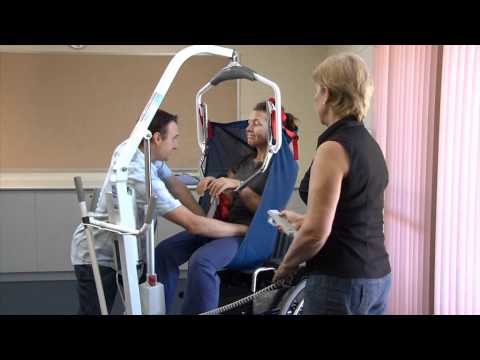For safety, comfort or adaptive living, there are many reasons why people want to make changes to their home. Often the uncertainty of how to or whether they’re allowed to make these changes stops them from progressing forward. This article will help to explain the different steps to take when home modifications are being considered.
The following topics are covered in this article:
- Home Modifications App: DIYModify
- NDIS and Home Modifications
- Home Modifications Australia
- Enable NSW - Home Modifications (SASH)
- Home Modification Information Clearinghouse UNSW Sydney
- Occupational Therapy Australia - Commonwealth Home Support Programme
- Accessible Home ideas for people with disability - blog article
Home Modifications App: DIYModify
This DIYmodify app provides information and support for moving ahead with home modifications.
The five most popular home modification items identified were:
- Handheld showers
- Grab rails
- Handrails
- Threshold ramps
- Level shower access
This app has been designed in collaboration with a team of people that have experience in doing their own Home modifications.
It has been funded by the NSW Government through Family and Community Services, Ageing Disability and Home Care in conjunction with the Home Modification Information Clearinghouse (HMinfo).
Who for?
People with disability, seniors and their carers would find this app useful in the process of Home Modifications. It includes accessibility features such as an easy to read font, colour intensity with maximised contrast and clarity of structure.
Advice provided
This app provides advice on what to do if you are renting your house or if your house (or unit or apartment) is under Strata Title. Seeking quotes from outside contractors is also covered in this section.
Using the app
The app is available for iPhones/iPads or Android phones/tablets
Factsheets
These can be downloaded free from the DIYmodify website:
- Accessibility settings for DIYmodify app
- Home Modifications in rental and strata title properties
- Home Modification quotes
There are also factsheets on each of the top five most common types of Home Modifications:
- Handheld showers
- Grab rails
- Handrails
- Threshold ramps
- Level shower access
In this section, there are video stories of people who have done their own DIY home modifications.
The article, DIY Home Modifications? There's an app for that located on the IDEAS websiteprovides additional information on the DIYModify app.
NDIS and Home Modifications
There are three broad categories of NDIS home modifications:
- Simple home adaptations that are low cost eg. grab rails or mounted shower chairs. Easily accessible to participants.
- Minor home modifications that are non-structural yet require experienced professional support to identify and deliver the right solution. The scope of work and associated costs are relatively low such as non-structural door widening.
- Complex Home Modifications (CHM) which involve structural changes that are more expensive, higher risk and where a greater level of certification is necessary. Several areas of a home may have work done and the results may have more of an impact on the participant’s life.
For more information go to NDIS Home Modifications explained
Booklet: Home Modifications Guidance for Builders and Designers
This 24-page booklet is current as of February 2020.
Produced by the NDIA it is a document designed to provide clarity for builders, designers, assessors and any other associated stakeholders involved in the planning, decision making and delivery of Complex Home Modifications for NDIS participants.
The document provides guidance around:
- The criteria the NDIS considers to be ‘reasonable and necessary’ for complex home mods in a participant plan
- The typical scope of works for NDIS complex home mods
- Elements that may exceed the reasonable and necessary criteria for NDIS funding
It covers the following areas:
- Dwelling access/entrance
- Bathroom
- Bedroom
- Kitchen
- Internal dwelling access
- Home automation
- New building modifications
- Maintenance and upgrades
At the back of the book are appendices, further information and ways to contact the NDIS.
Home Modifications Australia
The national peak and industry body that represents home modification providers for the aged and people with disabilities.
To find out more go to Home Modifications Australia
The IDEAS database has over 230 entries of services and suppliers of home modifications.
EnableNSW and Home Modifications (SASH)
EnableNSW has partnered with the NSW Ministry of Health to implement a new home modification program from mid-October 2018 as part of its Safe and Supported at Home (SASH) initiative.
The program is now accepting referrals from Occupational Therapists for home modifications to assist people where discharge from a hospital or potential readmission, is impacted by an inability to access funding for home modifications.
Please be aware that the eligibility criteria for the EnableNSW SASH Home Modification Program will be reviewed periodically and may change depending upon demand and available budget. The Program currently has allocated funding until June 2021. Any further updates will be provided on the EnableNSW website.
Eligibility for the program
Home modifications (disability-specific) may be funded for people who:
- have agreement from the homeowner to complete temporary or permanent home modifications,
- are aged 64 years and under,
- are not eligible for any other government funding scheme, for example, NDIS, DVA or iCare,
- have a functional impairment that impacts their ability to manage activities of daily living, and/or
- require home modifications to live at home safely.
Please note, for people who do not meet the above criteria, EnableNSW may consider applications for home modifications based on other individual circumstances. Please contact EnableNSW directly to discuss.
EnableNSW SASH Home Modifications may include:
- minor home modifications or temporary solutions such as grab rails, ramps to access the home, doorway widening, shower hob reduction and/or portable/modular facilities, and/or
- major home modifications may be considered in some circumstances, for example, wheelchair accessible bathroom modifications.
No co-payment or contribution is required to access the program at this time, however, people will be offered a choice of materials from a standard range of products.
For applications and further information
Please contact EnableNSW via phone or email to discuss applications. Relevant forms will be provided following the initial discussion.
Phone: 1800 362 253 (please ask for the SASH Home Modifications Advisor)
Email: This email address is being protected from spambots. You need JavaScript enabled to view it.
About EnableNSW
EnableNSW provides equipment and services to people in NSW with chronic health conditions or disability to assist them with mobility, communication and self-care. They also provide financial assistance for people who have to travel significant distances to access specialist medical treatment which is not available locally.
The EnableNSW team is based in Parramatta in Western Sydney.
For further information go to EnableNSW Home Modifications - SASH
Home Modification Information Clearinghouse
Information correct as of December 2019
This is an information service that collates, reviews and creates evidence-based documents. It accommodates a range of groups:
- consumers older people, people with disability, carers
- Occupational therapists, RAS and NDIS planners
- Architects, builders, designers
- Academic and planners
Consumer Factsheet – Arranging Home Modifications
This covers the following areas:
- What is a home modification?
- What home modifications will help me to be more independent?
- Who do I contact if I want to modify my home?
- How do I arrange an Occupational Therapist assessment?
- The assessment process
- Selecting your home modifications
- Undertaking your own home modifications
- Equipment (assistive technology) help at home
- What if I need an interpreter?
For detailed information go to Consumer Factsheet – Arranging Home Modifications
Occupational Therapy Australia
Current access to home modifications and aids and equipment schemes across the nation varies considerably from state to state.
Funding responsibility for home modifications and aids and equipment in aged care is divided between the Commonwealth, states and territories. Generally, the Commonwealth provides funding through programmes such as the CHSP (formerly HACC) and HCPP.
The single point of entry to the aged care system, My Aged Care, screens and registers potential clients for Commonwealth-funded services. Face-to-face assessment is undertaken by the Regional Assessment Service (RAS – for CHSP services) and Aged Care Assessment Teams (ACATs – for home care packages).
If the assessment identifies a need for home modifications (minor) and/or aids and equipment, eligibility and the method for delivering a service is dependent on whether the consumer is receiving home support through the CHSP or HCPP.
Commonwealth Home Support Programme
Generally, referrals for minor home modifications and aids and equipment come via the My Aged Care online portal to occupational therapists employed in organisations that are block funded to deliver allied health and home modification services through the CHSP. The referral is sent to an occupational therapist who undertakes a home visit, provides recommendations and liaises directly with the home modifications provider.
Examples of home modifications available through the CHSP include the installation of grab rails in the shower, ramps (permanent and temporary), internal and external handrails next to steps, and the installation and fitting of emergency alarms. In some circumstances, home modifications could also include bathroom and kitchen redesign.
The CHSP is intended to primarily fund simple home modifications (those that would incur a cost of less than $1000 to the Commonwealth). Modifications that cost more than $10,000 are not supported under the CHSP.
CHSP-eligible consumers have access to a number of state-funded aids and equipment programs across Australia, such as the NSW Aids and Equipment Program, the Victorian Aids and Equipment program, the Victorian Statewide Equipment Program (SWEP), the Medical Aids Subsidy Scheme (MASS) in Queensland, the Territory Equipment Program in the Northern Territory, and the Community Aids and Equipment Program (CAEP) in WA.
Home Care Packages
Within the Home Care Packages (HCP) that older Australians can access with affordable care services and help at home, Home Modifications can be found in the section “Services that keep me safe at home”. It includes changes to your home to improve safety and access eg. rails in the bathroom and a ramp from the path to the verandah.
People who have been referred for an assessment by an ACAT are generally identified to have higher-level needs and are better serviced with a range of ongoing services that are covered by a set value home care package (level 1, 2, 3 or 4). Home care packages are delivered on a Consumer Directed Care (CDC) basis.
The budget of a home care package is utilised to cover the costs of all expenses, including home modifications and aids and equipment. It should be noted that people on a Level 1 or 2 package can continue to have limited access to CHSP funding, but only where they have fully expended their package allocation. The CDC model enables consumers to choose their providers, and therefore they can purchase minor modifications and aids and equipment directly from various eligible suppliers.
The package administrator must liaise with the consumer and the provider to ensure quality and compliance for the various purchases undertaken. The Commonwealth has also stipulated in the relevant guidelines that it is preferred that aids and equipment are leased or hired.
For further information go to My Aged Care Help at Home. Home Care packages
Accessible home ideas for people with disability
A Safe and Independent Home is a blog article in the e-Bility section of the IDEAS website. Elderly Aboriginal and Torres Strait Islander people want to remain at home with their families and communities in their later years, so it is important to create a safe environment inside their homes to improve their quality of life and level of independence.




